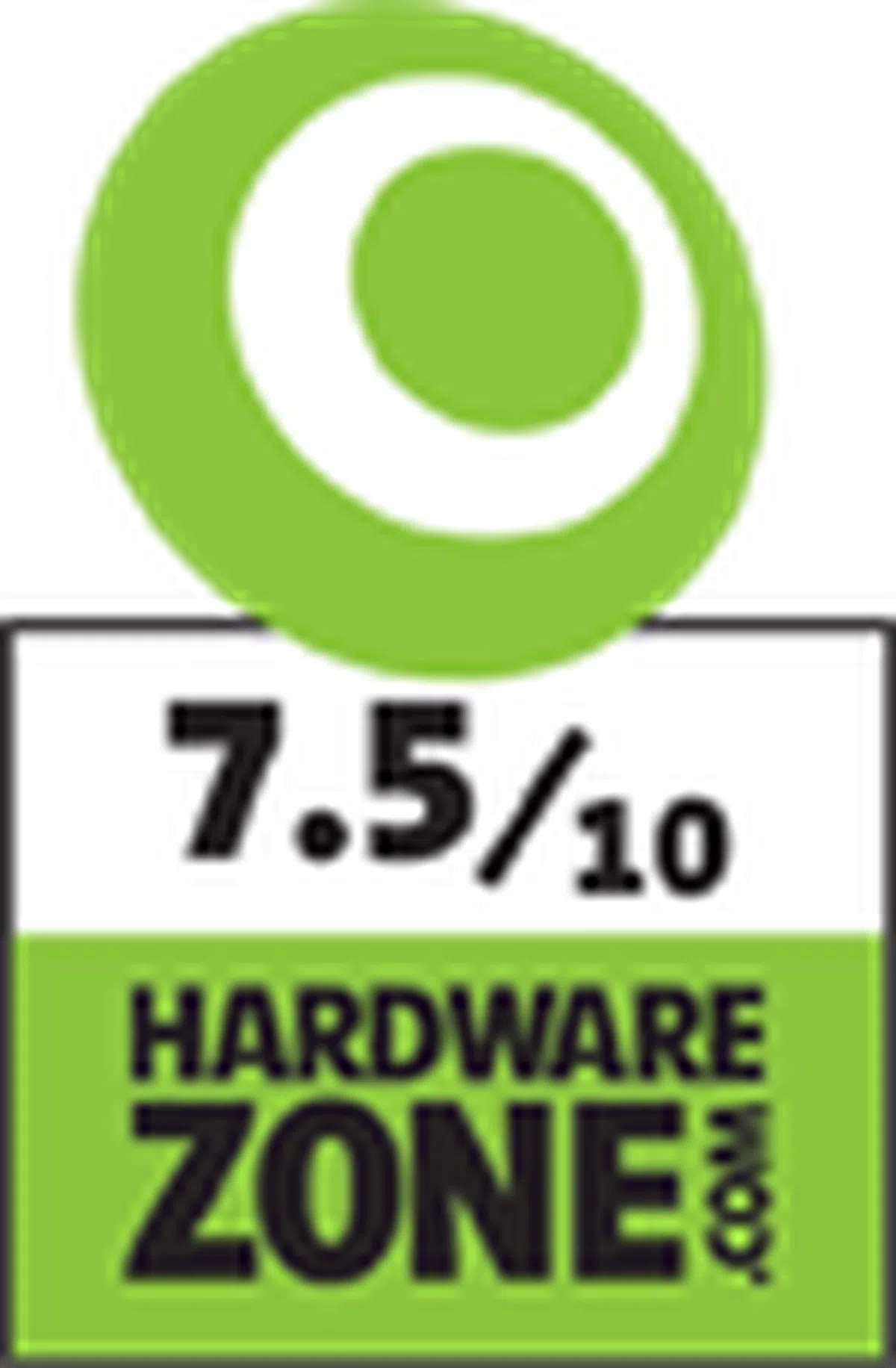Shootout: Compact 4G LTE Smartphones under S$300 (Q4 2014)
4G smartphones are now not only easily available, they have also become quite affordable. In the third quarter of 2014 alone, we saw the entry of six 4G smartphones that are priced below S$300. We round up these six phones from the likes of ASUS, HTC, Oppo, Motorola, Samsung and ZTE, and put them to the test. Find out which phone emerges as our top recommendation!
Race to the Bottom
Just a few months ago, we compared six 4G LTE smartphones below S$600 in a shootout which saw the original Motorola Moto X emerged as the winner while the HTC Desire 610 clinched the Best Value Award.
In the third quarter of 2014 alone, we saw the entry of six more 4G LTE smartphones which boast even lower price points. Do the lower prices mean poorer performance? Are these phones worth considering? To answer that, we decided to take a look at these six smartphones and how they fare. For this comparison article, we selected the 4G smartphones with three criteria: display sizes between 4 to 5-inches, retail prices below S$300 and are available from July 2014.
That bring us to these six smartphones - the ASUS ZenFone 5 LTE, the HTC Desire 510, the Oppo Neo 5, the Motorola Moto G with 4G LTE, the Samsung Galaxy Ace 4 LTE and ZTE Blade VEC 4G.
Now, let's check out how the phone specifications compare across the board before we discuss more about the notable aspects for each smartphone:-
ASUS ZenFone 5 LTE

The ASUS ZenFone 5 LTE has the looks identical to its 3G counterpart.
Having launched the successful foray of value-oriented quality phones with the ASUS ZenFone 4, ZenFone 5, and ZenFone 6 smartphones in the middle of the year, they quickly followed it up with the ZenFone 5 LTE variant to further extend the options available for consumers looking for the best mix of performance and features at a reasonable price point. In fact, HardwareZone members were among the first to have trialed out the new LTE model when we held a members' event with ASUS.
However, the ZenFone 5 LTE isn't exactly the same ZenFone 5 that we've reviewed earlier slapped on with a new modem to support LTE connectivity.In fact, there are three differences you need to take note. First, the ZenFone 5 LTE runs on Qualcomm Snapdragon 400 quad-core 1.2GHz processor, which is different from the Intel Atom chipset in the 3G model. Secondly, ASUS offers the ZenFone 5 LTE in three configurations with these official price points:-
- ZenFone 5 LTE with 1GB RAM and 8GB internal storage - S$249 (only available on the ASUS Online Store)
- ZenFone 5 LTE with 2GB RAM and 8GB internal storage - S$269
- ZenFone 5 LTE with 2GB RAM and 16GB internal storage - S$299
Comparatively, the original ZenFone 5 (3G) was only sold in one configuration in Singapore: 2GB RAM with 8GB internal storage. The review unit we have of the ZenFone 5 LTE comes with 2GB RAM and as expected, user experience was smooth and responsive.
Last, but not least, the ZenFone 5 LTE loses the dual-SIM support that is present in the 3G model. With the exception of the HTC One (E8) sold in China, there is probably no other 4G phone in the market with dual-SIM support, so it's not a disadvantage but more about consumers making the right choice for their needs. Dual-SIM 4G capable phones are both a technical and cost challenge that can drive up the amount of heat, radiation and power consumed by the device and thus such devices will be highly limited till further progress has been made in modem and antenna design.

You only get one micro-SIM card slot (center) and a microSD memory card slot (top right) on the ASUS ZenFone 5 LTE.
Besides these three differences, the ZenFone 5 LTE looks and feels the same as the 3G model. This means you get the sturdy chassis with a soft touch texture on the back. In fact, the design and handling of the ZenFone 5 LTE feels the best among the phones compared in this shootout. Its matte texture helps one to have a better grip of the device while minimizing fingerprints and smudges at the same time.

The ASUS ZenFone 5 LTE not only feels great in the hand, it also looks stunning in red.
The rear cover is still removable where you access the micro-SIM and microSD card slots (though battery isn't removable). As mentioned earlier, the ZenFone 5 LTE does not have dual-SIM support. In terms of storage expansion, the microSD card slot supports memory cards up to 64GB in capacity.
Along with the ZTE Blade VEC 4G, the ZenFone 5 LTE sports the biggest display among the lot at 5-inches. Both phones also have HD resolution displays (1,280 x 720 pixels). Just below the display, you'll find three hardware navigation buttons (Back, Home and Recent Apps). Unfortunately the buttons aren't backlit, so you'll have to put up with a little inconvenience when using the phone in dark environments. ZTE and Motorola don't face this problem on their devices as they use on-screen navigation keys.
The phone's interface, ZenUI remains intact from what you would get with the previous ZenFone devices. As we've discussed about the ZenUI's usability and features in a number of articles so far, you can refer to our past coverage in this dedicated article and find out if the features are relevant in daily usage in our review of the oroginal ZenFone 5.
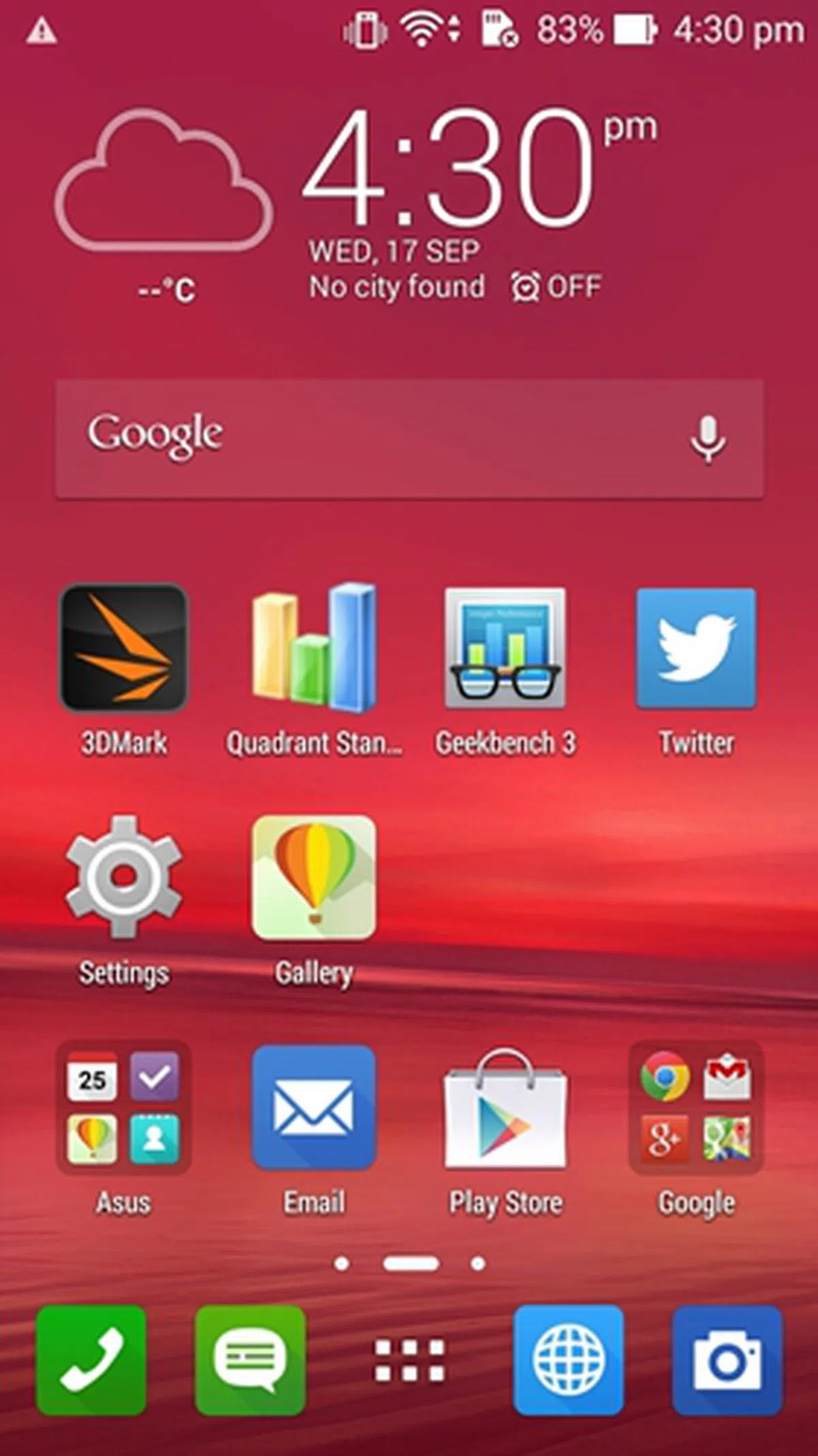 | 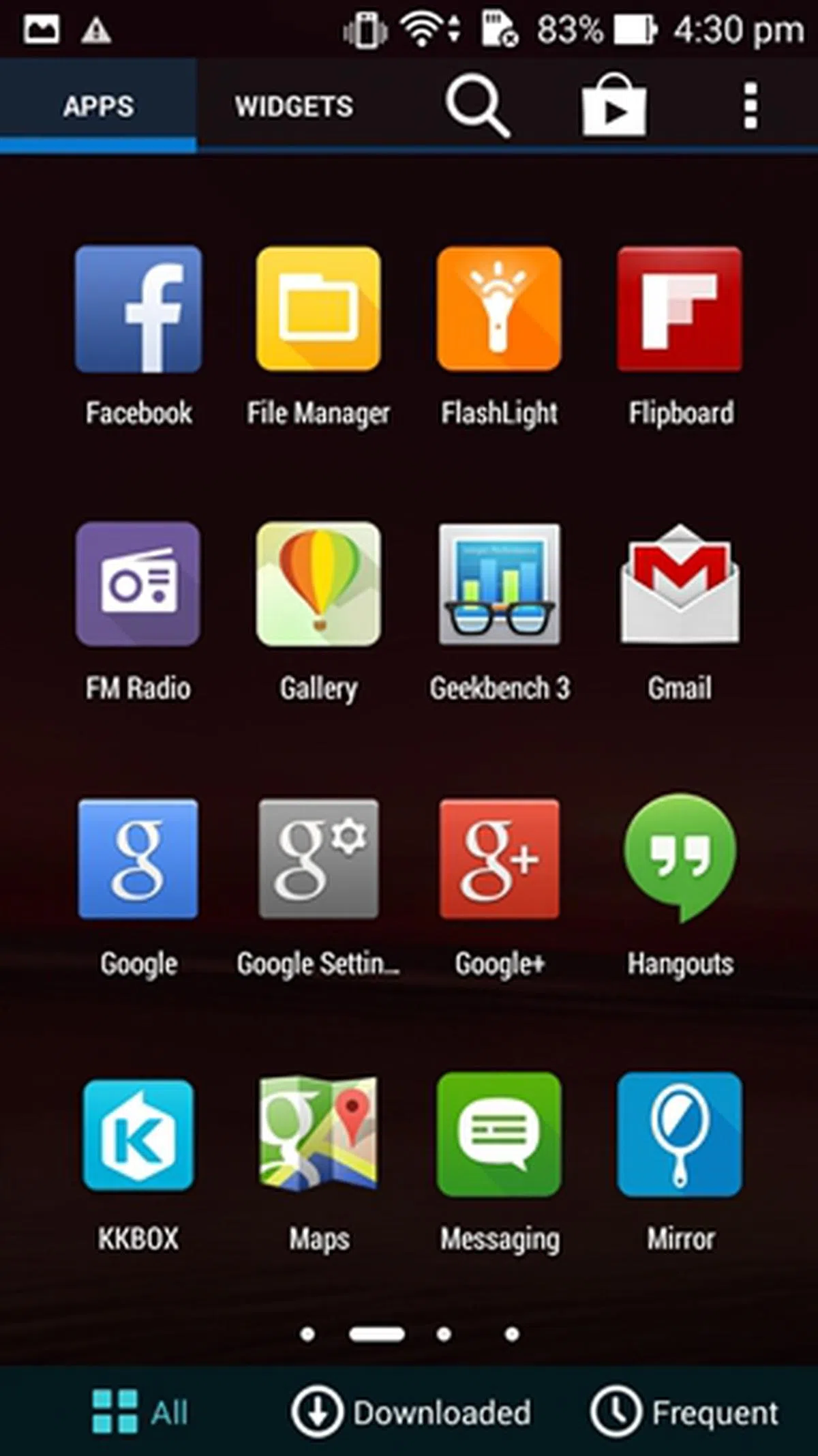 |
HTC Desire 510

The Desire 510 looks like every other HTC handset that was unveiled this year.
Unlike the premium One and Butterfly devices, the Desire 510 is not going to captivate you with its simple design attributes. Using the glossy plastic material that we saw on the rear of the Desire 816, the Desire 510 shares the same affinity for fingerprints and smudges which is a quite a turn off. The feel and build isn't exactly assuring, but it does the job decently without giving off flex or creak when handling it with pressure.

We advice to use a case for the HTC Desire 510 if you don't want to deal with the mess of fingerprints and smudges on its back.
Besides the glossy back, the placement of the power button on the top left corner of the device was yet another annoying design element on the Desire 510, which isn't as intuitive or accessible as compared to placing it on the phone's sides. With a 4.7-inch display, users with smaller hands may have to stretch their finger a little to reach it.
Its rear cover and battery can be removed, which is required if you want to swap the micro-SIM and microSD cards on the Desire 510. As it only comes with 8GB internal storage, the microSD card slot really comes in handy for consumers who are looking to load more music and video files on the Desire 510. Fortunately, it is one of the two phones (the other being the Samsung Galaxy Ace 4 LTE) to support memory cards up to 128GB in capacity.

You have to remove the battery to access the microSD (left) and micro-SIM (right) slots on the HTC Desire 510.
Compared to some of the competitors, the Desire 510 is clearly lacking on the display front; it has a display resolution of just 854 x 480 pixels for a 4.7-inch sized screen. That equates to having the lowest pixel count per inch of display among the competition. As expected, pixelation is apparent and the multimedia viewing experience is just unsatisfactory.
On the software side of things, the Desire 510 is preloaded with Android 4.4 KitKat with HTC Sense 6. You get some of HTC's exclusive software features such as BlinkFeed, Zoe video-making app and the Dot View app for customizing how the Dot View cover works on the Desire 510. It is quite interesting that HTC is able to bring some of these flagship worthy software features to an entry-level smartphone like the Desire 510.
Powering the Desire 510 is a Qualcomm Snapdragon 410 quad-core 1.2GHz processor and 1GB RAM. The Snapdragon 410 is Qualcomm's first 64-bit processor, which also makes the Desire 510 the first Android smartphone with a 64-bit processor. The new processor also integrates 4G LTE World Mode through Qualcomm's RF360 Front End Solution for cellular connectivity on all major modes and frequency bands across the globe . While the seamless 4G LTE connectivity sounds useful, the 64-bit aspect of the processor bears little weight at this juncture until the Android OS and the applications are written to take advantage of the processor; and that's not something that will bear fruit until a year or more from now.
As with most Qualcomm Snapdragon 400-class products, we found the user navigation to be smooth and fluid on the HTC Desire 510.
 | 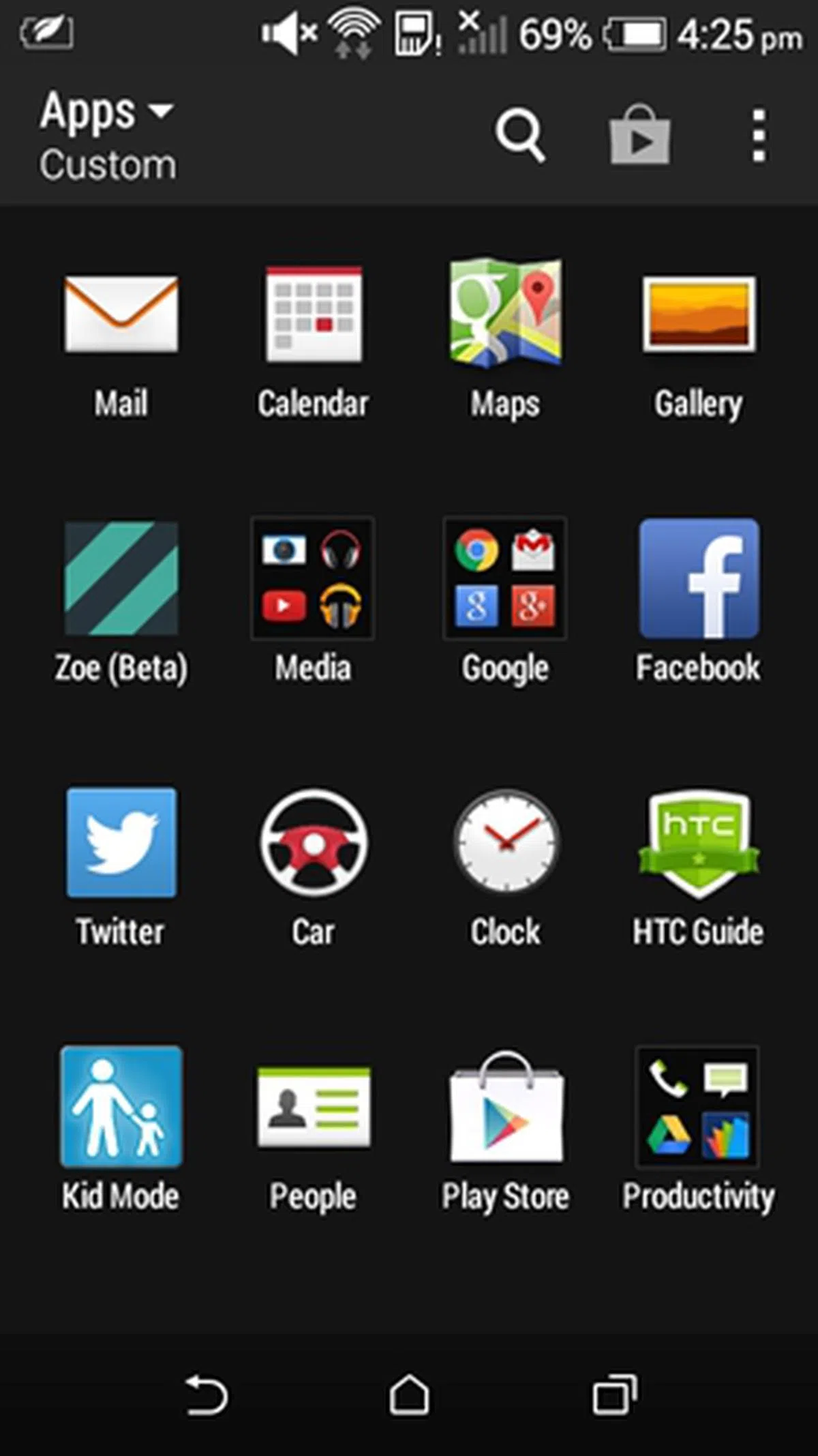 |
Oppo Neo 5

Oppo's smartphones are known to deliver great value for the specs they have, and the Neo 5 is the company's most aggressive move to enter the 4G market segment.
While the Neo 5 is easily the most affordable phone of the lot (at just S$219), it still boasts decent build quality. The chassis is made entirely of plastic, but thankfully it's not of the glossy nature like the Desire 510. The top and bottom section of the Neo 5 has a unique reflective pattern of tiny circles, which resembles the rear of the LG Nexus 4. However, the phone may be a little slippery at times due to its smooth feel. Interestingly, we felt the black edition to be more susceptible to slippery handling than the white edition. So if you don't mind a white phone, we would recommend you to get that over the black finish.

Like all the other phones in this comparison, the rear cover can be removed. The micro-SIM and microSD card slots are located above the 1,900mAh battery. To access them, you have to remove the battery first. As the Neo 5 comes with only 4GB internal storage, you are more than likely to use the microSD card slot if you plan on using its multimedia functions such as watching videos, listening to music and snapping photos.

On the front, you get a 4.5-inch display with a resolution of 854 x 480 pixels which isn't flattering compared to other competing phone models. Together with the HTC Desire 510 and Samsung Galaxy Ace 4 LTE, the Neo 5 is ranked on the lower end of the scale where display sharpness and quality are concerned..
The Neo 5 runs on Oppo's customized ColorOS 1.4 based on Android 4.3 Jelly Bean. As mentioned in our review of the R1, each ColorOS version is customized specifically to either enhance the user experience or rectify issues for different devices.
From our usage experience, we didn't notice any major difference in features on the Neo 5; you still get the Gesture panel for quick access to certain apps/functions via drawing out quick gestures (hit the link for more information on it as covered in the R1 review) and a suite of Security-related apps (App Encryption, Guest Mode, Permission Monitor). If you are looking beyond the near-stock Android interface on the Moto G with 4G LTE, and appreciate the nifty enhancements, Oppo's ColorOS is worthy of your consideration.
With the exception of the Samsung Galaxy Ace 4 LTE, the Neo 5 also uses the same processor as the other phones - a Qualcomm Snapdragon 400 quad-core 1.2GHz processor. Supported by 1GB RAM, we experienced no hiccups in general use and navigating the interface.
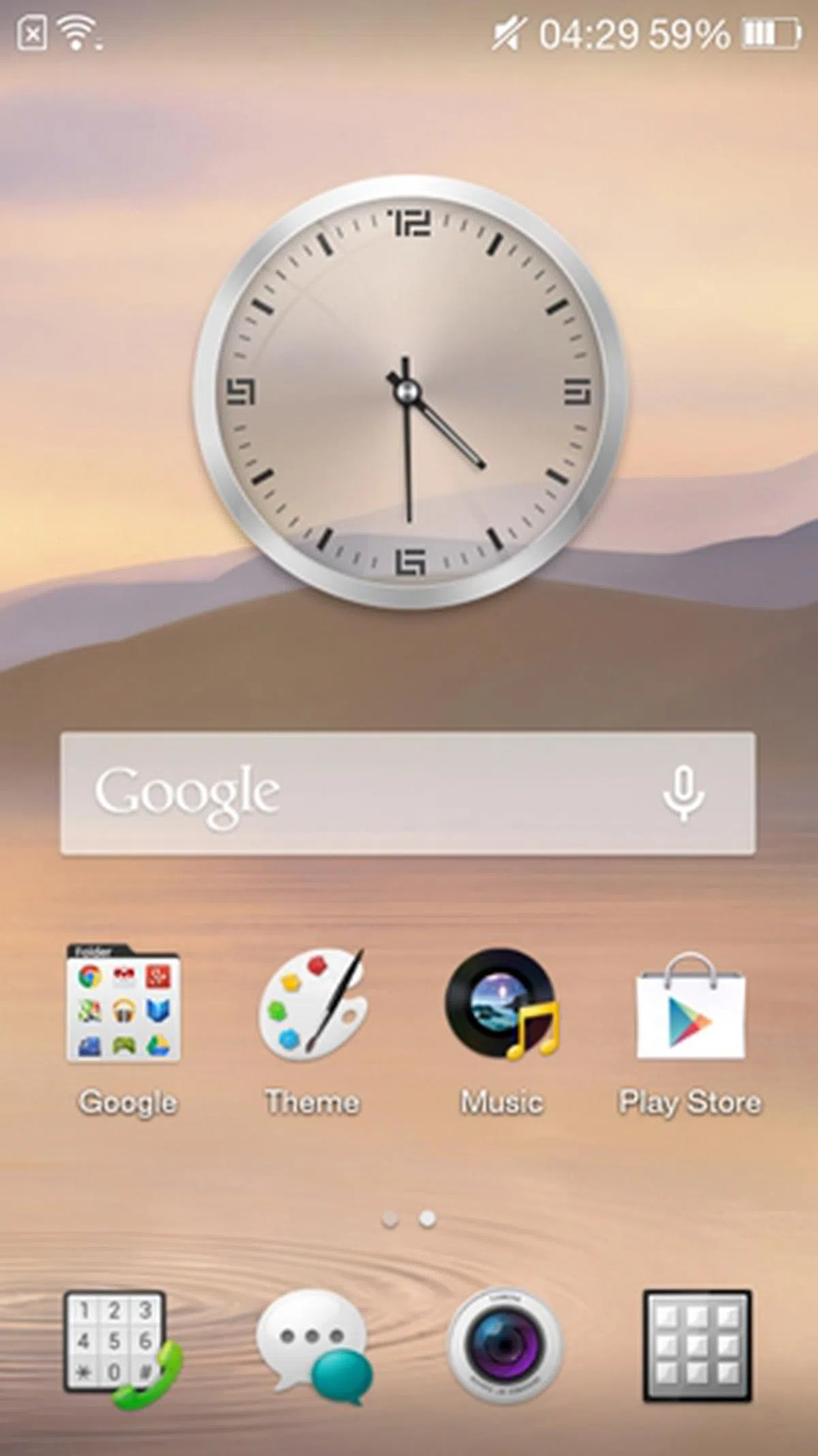 | 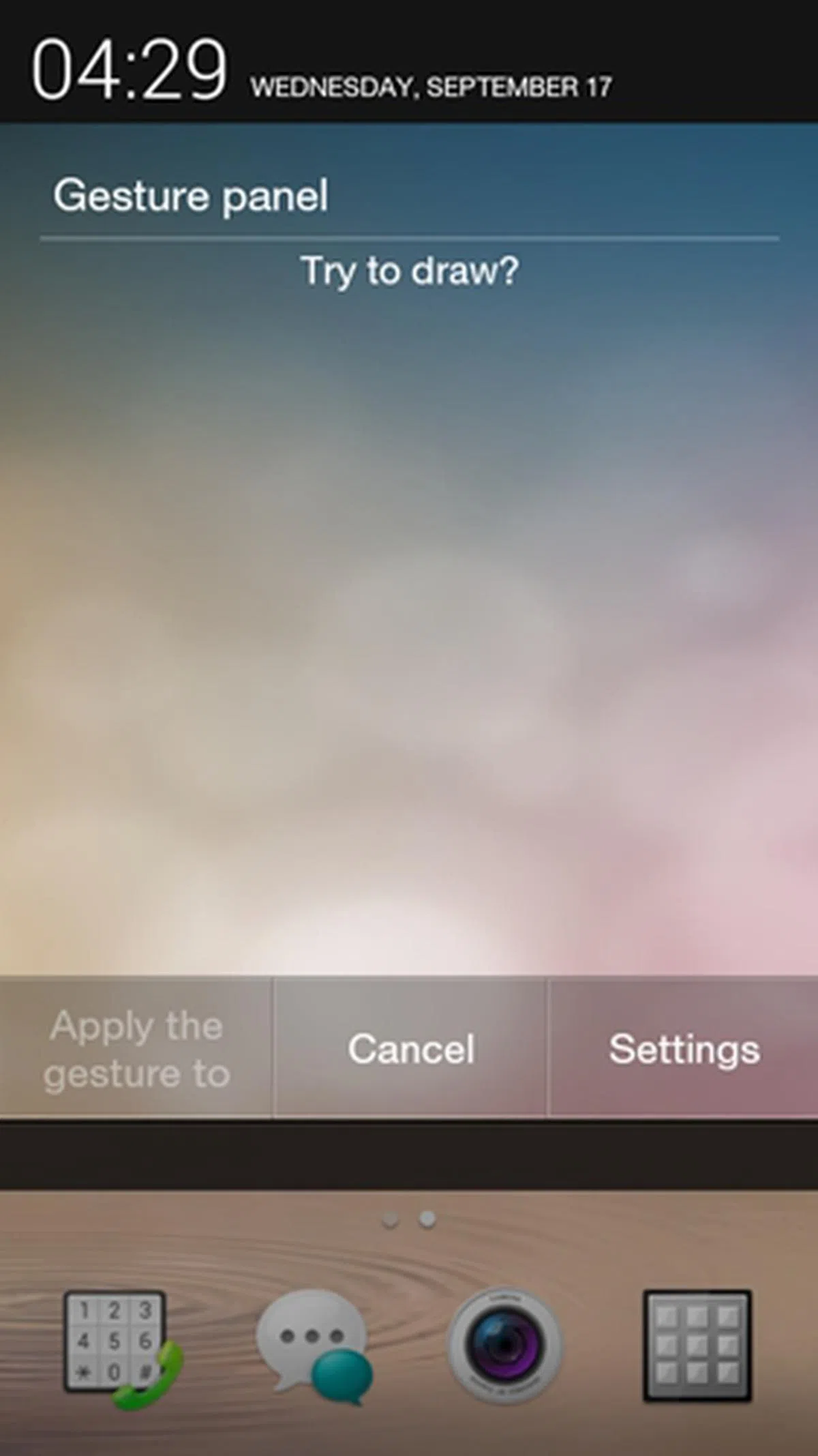 |
Motorola Moto G with 4G LTE

Same old brand new Moto G (with 4G LTE).
Like the ZenFone 5 LTE (and the Galaxy Ace 4 with LTE to some extent), the Moto G with 4G LTE looks and feels the same as the original model. This is definitely a good thing as you still get the clean design with rounded corners. We especially like the tapered back of the Moto G with 4G LTE as it rests very comfortably in our hands. You can find out more about the design and handling in our review of the original Moto G.

The Moto G with 4G LTE offers one of the best handling thanks to its tapered back.
The key differences between the Moto G with 4G LTE and the original Moto G are the lack of dual-SIM support, and the addition of a memory card slot. The microSD card slot, which will come in handy as the Moto G with 4G LTE has only 8GB internal storage space, can support memory cards up to 32GB in capacity.

While the battery of the Moto G with 4G LTE is not removable, you can remove the micro-SIM and microSD card anytime.
Even though the Moto G with 4G LTE has a HD resolution display (1,280 x 720 pixels), its screen is slightly sharper than the ASUS and ZTE phones as it is smaller at 4.7-inches across. While it once stood out for bringing an excellent display in its price category, that edge has since been eroded by the introduction of the more affordable ZenFone 5 LTE and Blade VEC 4G models.
Of the six phones compared, the Moto G with 4G LTE runs on an almost stock-like Android interface which should appeal to Android purists who can't officially get their hands on the Nexus 5 smartphone in Singapore. Out of the box, the Moto G with 4G LTE runs on Android 4.4.4 KitKat. It has two notable Motorola apps, the Moto Assist and Moto Migrate. You can find out more about them in the review of the Moto G.
Running under the hood is a Qualcomm Snapdragon 400 quad-core 1.2GHz processor with 1GB RAM - similar to most other competing devices in this category. As expected of a device running on an almost stock Android OS, the user experience was snappy.
Take note that the Motorola Moto G with 4G LTE has an official suggested retail price of S$348 - higher than all the other devices compared. However its actual in-store retail price can be had for less than S$280, and thus we've enrolled this smartphone in to our shootout.
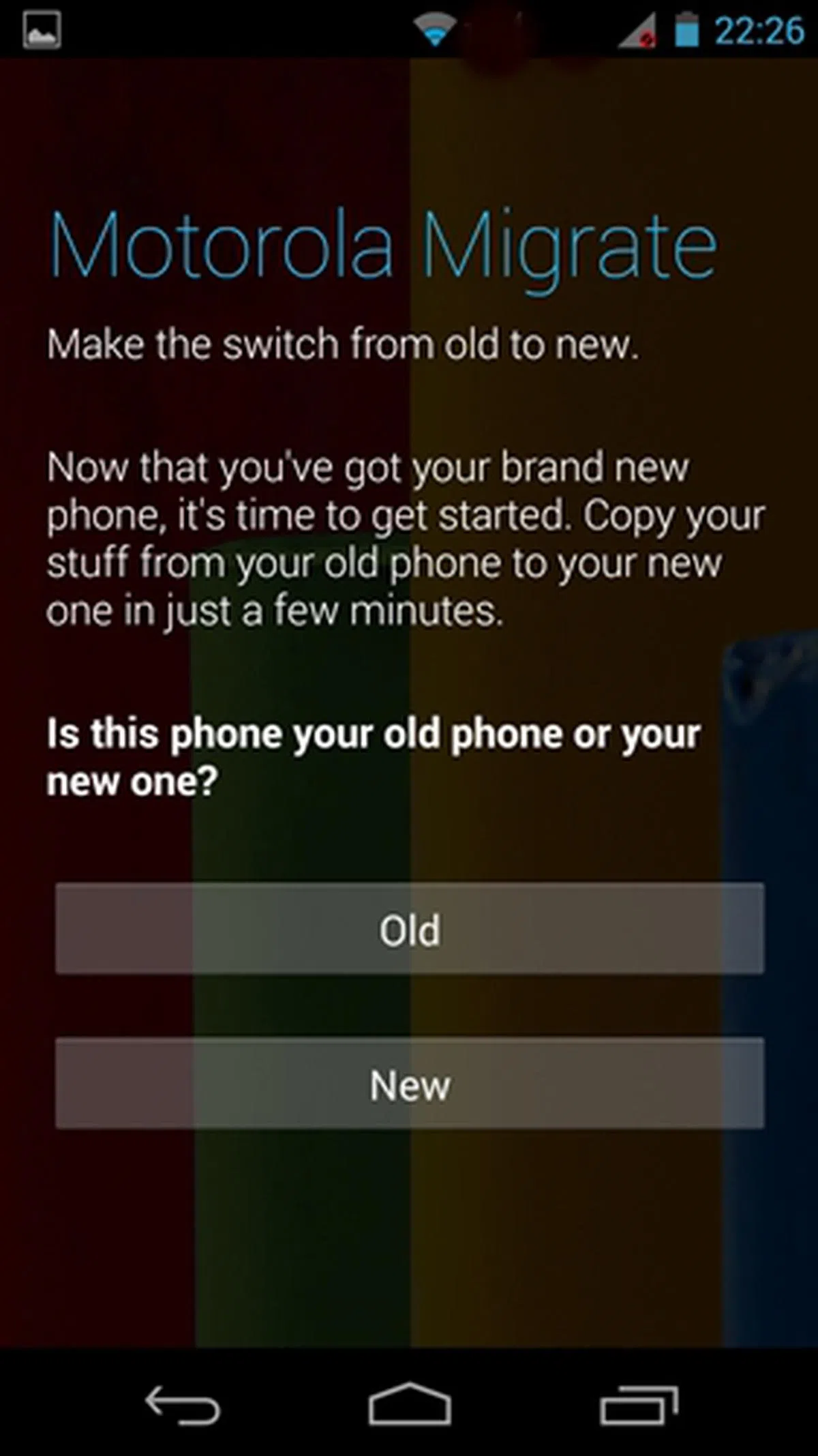 | 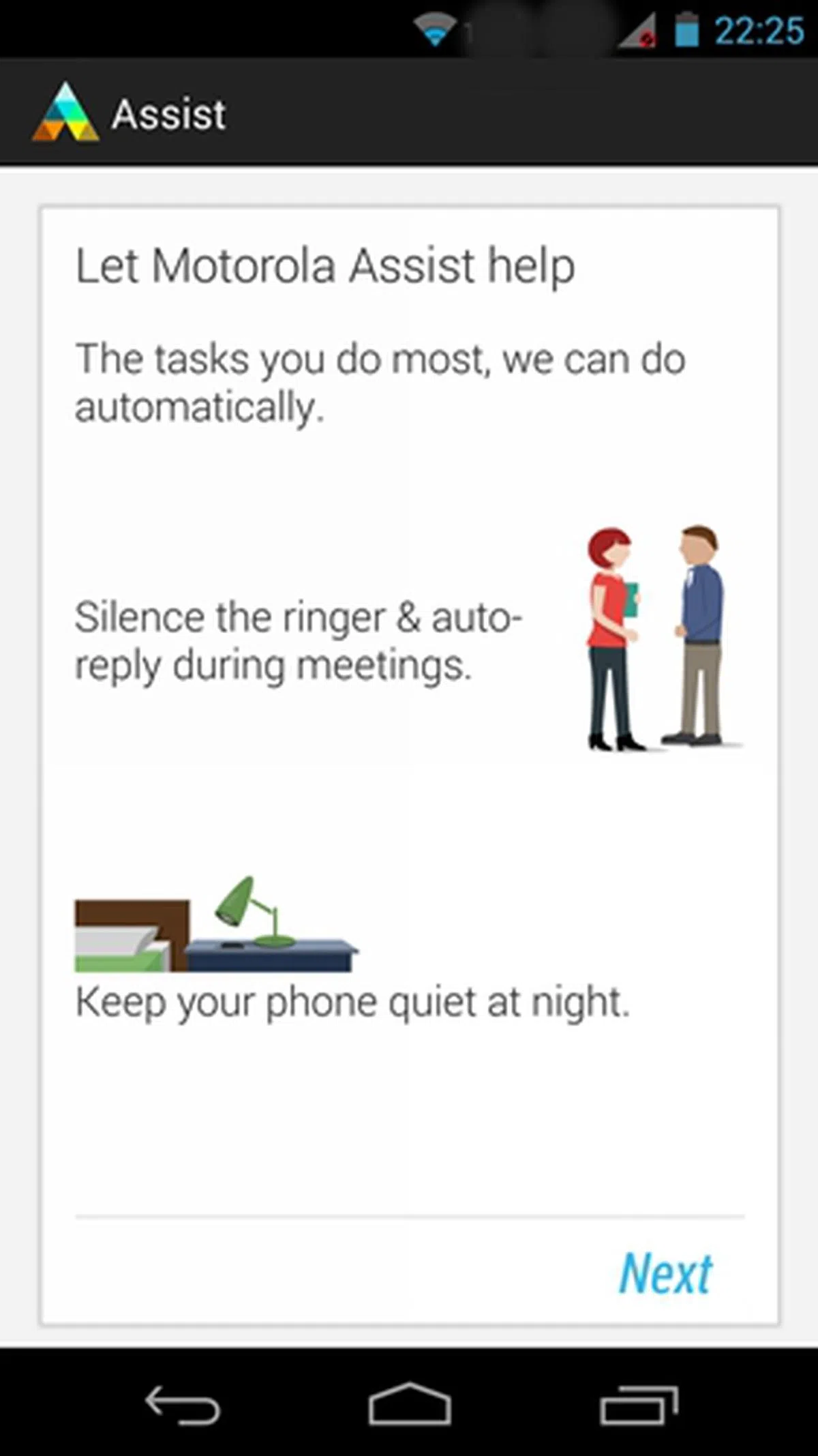 |
Samsung Galaxy Ace 4 LTE

Samsung does not stray far from its usual design language with its Galaxy Ace 4 LTE.
As a company known for churning out models with different screen sizes and form factors at various price points, it is no surprise to see Samsung setting its sights on the entry-level 4G smartphone market segment with its fourth generation Galaxy Ace smartphone.
The design of the Galaxy Ace 4 LTE remains largely similar to most of its peers in Samsung's mobile portfolio. You get a physical home button at the bottom of the display flanked by the Recent Apps capacitive button on the left and the Back capacitive button on the right.
The rear of the Galaxy Ace 4 LTE has a non-glossy texture, which on one hand is resistant to fingerprints and smudges, while on the other hand, feels slippery. Fortunately, its petite dimensions - in fact, the Galaxy Ace 4 LTE is the most compact of the lot - allows the device to be grasped securely in your hand.

No problem with fingerprints and smudges, but you have to handle the Samsung Galaxy Ace 4 LTE with care as the rear feels a little slippery.
Removing the rear cover gives you access to the 1,800mAh removable battery, the microSD memory card (supports cards up to 128GB in capacity) and the micro-SIM card slot. Do note that you need to remove the battery in order to access the SIM card slot.

The micro-SIM card slot is located beneath the battery. The microSD memory card is located on the top left corner of the Samsung Galaxy Ace 4 LTE.
Dominating the front of the Galaxy Ace 4 LTE is a 4-inch display with a paltry resolution of 800 x 480 pixels. In terms of pixel count, it's slightly better than the Desire 510, but is still lower than the rest of the competition. As a result, app icons and text do not look as sharp. Overall, the Galaxy Ace 4 LTE and Desire 510 rank the lowest in terms of display quality.
Out of the box, the Galaxy Ace 4 LTE runs on Android 4.4 KitKat. Its TouchWiz interface is updated to look like its flagship smartphones, but lacks new features such as Ultra Power Saving Mode (due to the use of a different display panel) and S Health. You still get the basic Samsung apps such as ChatON and Samsung Apps, if that's any consolation.
The Galaxy Ace 4 LTE is the only non quad-core powered phone. The device is driven by a Broadcom dual-core 1.2GHz processor and 1GB RAM which offers decent overall user experience, but it's not comparable to the other devices with better hardware.
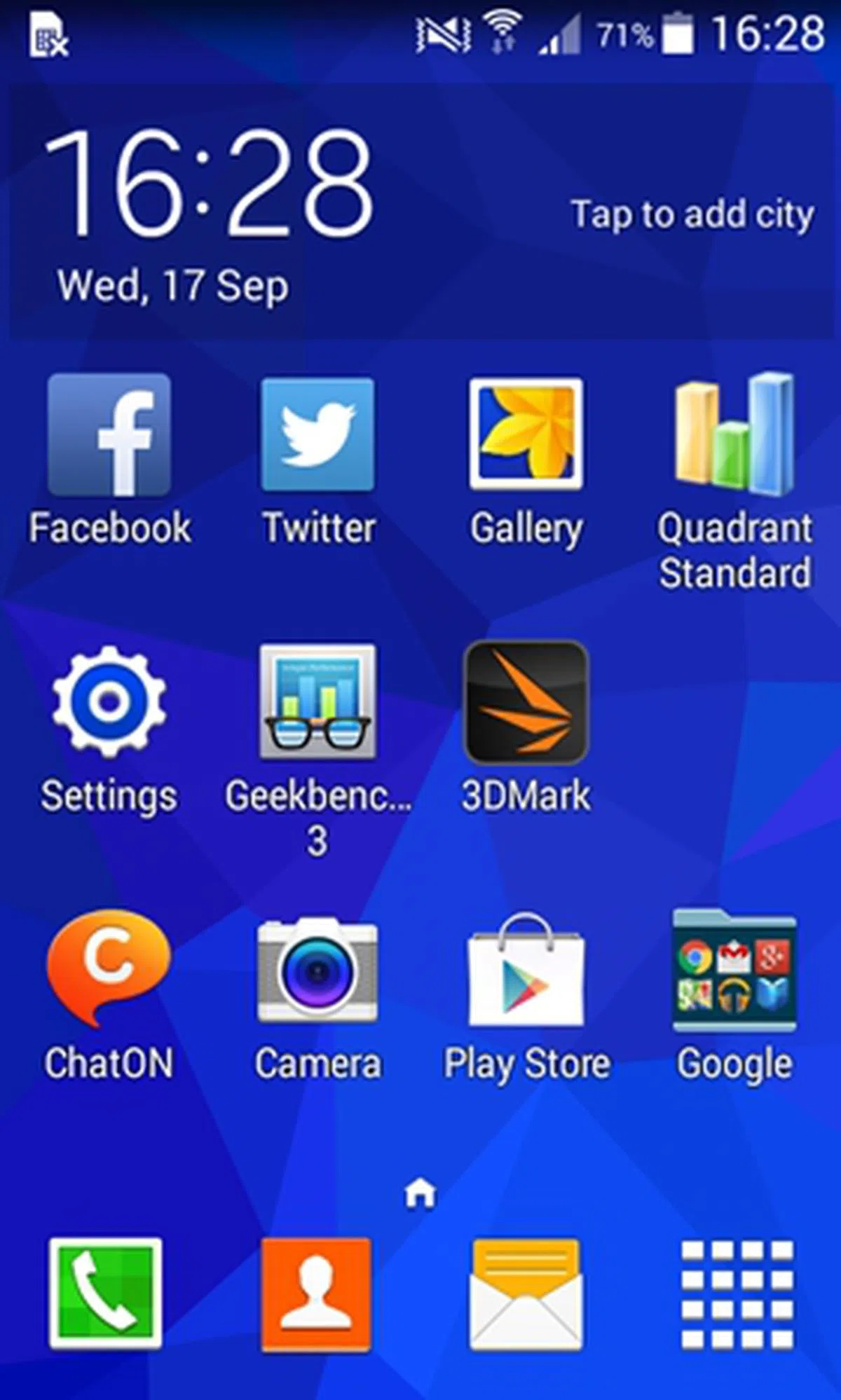 | 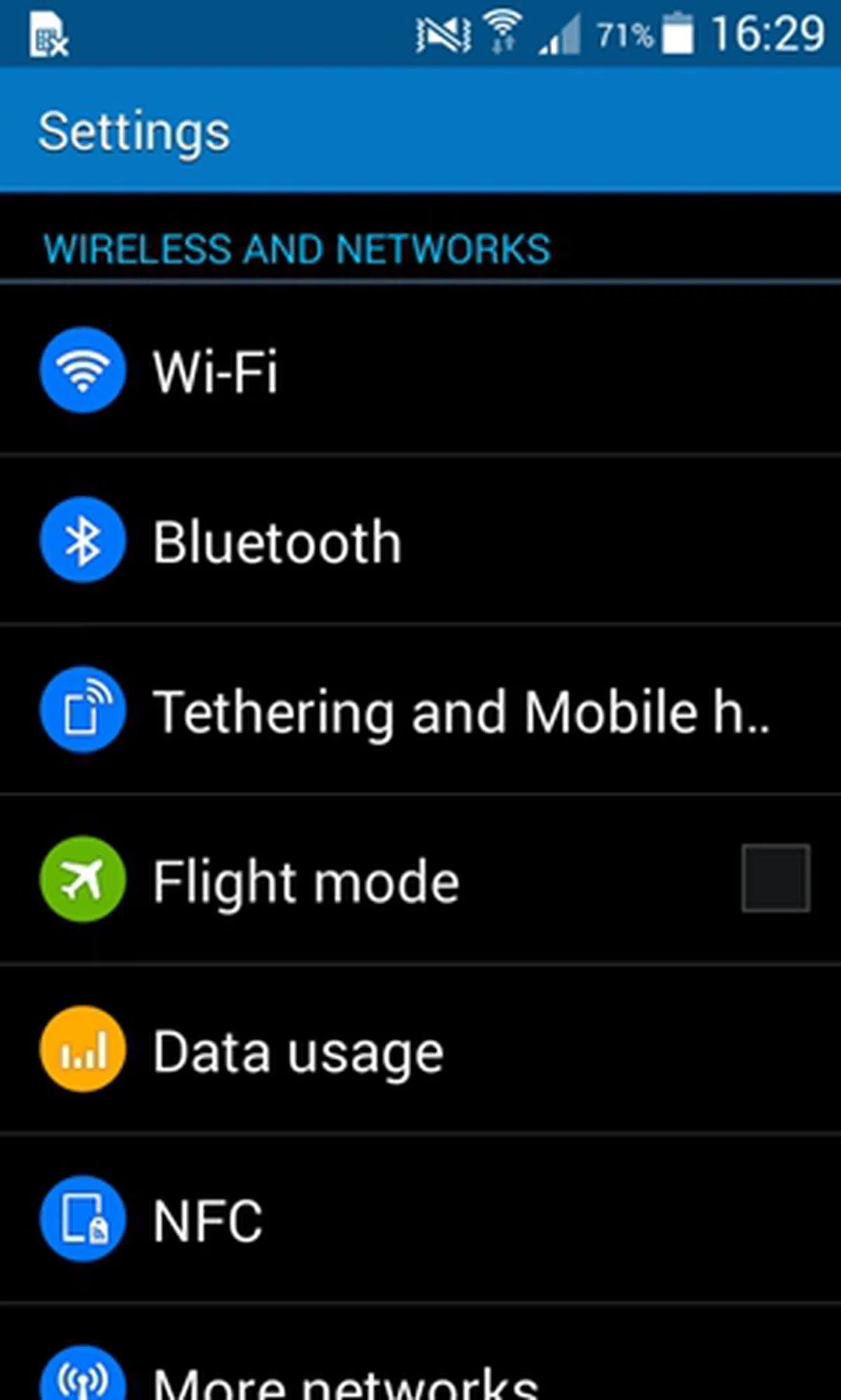 |
Note: The contents of this page have been summarized from our earlier full review of the ZTE Blade VEC 4G smartphone.
ZTE Blade VEC 4G

The Blade VEC 4G is ZTE's flagship smartphone with 4G LTE connectivity.
In case you are wondering, ZTE is a Chinese telecommunications equipment and systems company that recently expanded its presence in South East Asia. It entered the local market last month with three smartphones - the Blade VEC 4G, the Blade L2 and the KIS 3.
As the flagship smartphone model (interestingly, it's less than S$300 for a "flagship" product), the Blade VEC 4G comes with the best in hardware and specs that ZTE can offer. It takes some design cues from Huawei's smartphones and the Motorola Razr Maxx; the curved top and bottom seem to be inspired from the signature design element of the Ascend G6 4G, P6 and P7 while the patterned stripe design on its rear reminds us of the Kevlar fiber coated back of the Razr Maxx.

The patterned stripe design hides fingerprints and smudges to some extent on the ZTE Blade VEC 4G.
The Blade VEC 4G sports a 5-inch display with a resolution of 1,280 x 720 pixels. Along with the ZenFone 5 LTE, both phones have the biggest displays among the lot. Similar to the phones in this comparison, the chassis of the Blade VEC 4G is made from plastic. While it is nowhere as solid or polished as the ASUS ZenFone 5, we did not experience any flex in the body of the device. Overall, the lightweight and compact form factor makes the Blade VEC 4G easy to use in one hand even though it's a 5-inch device. Building on its good handling, the Blade VEC 4G follows the norm by placing the power and volume controls on the sides. In this case, the power button rests just below the volume controls on the right side. This makes it easier for a user to reach for the buttons instead of going over the top (which the HTC Desire 510 unfortunately forces you to do so).
On the software side of things, ZTE preloads two launchers on the Blade VEC 4G - the Google Now Launcher and its own Launcher. As mentioned in our review, the Google Now Launcher is already available for other Android devices running version 4.1 & above, hence there's nothing unique about it. As for ZTE's own Launcher, it has no particular feature that cannot be found in other third party options.
Powered by a Qualcomm Snapdragon 400 quad-core 1.2GHz processor and 1GB RAM, the user experience on the device was inconsistent. ZTE's own Launcher made navigation sluggish while switching to Google Now Launcher provided a smoother experience. There is certainly room for improving the user experience on the Blade VEC 4G. Because of our findings, you are better off using the Google Now Launcher by default.
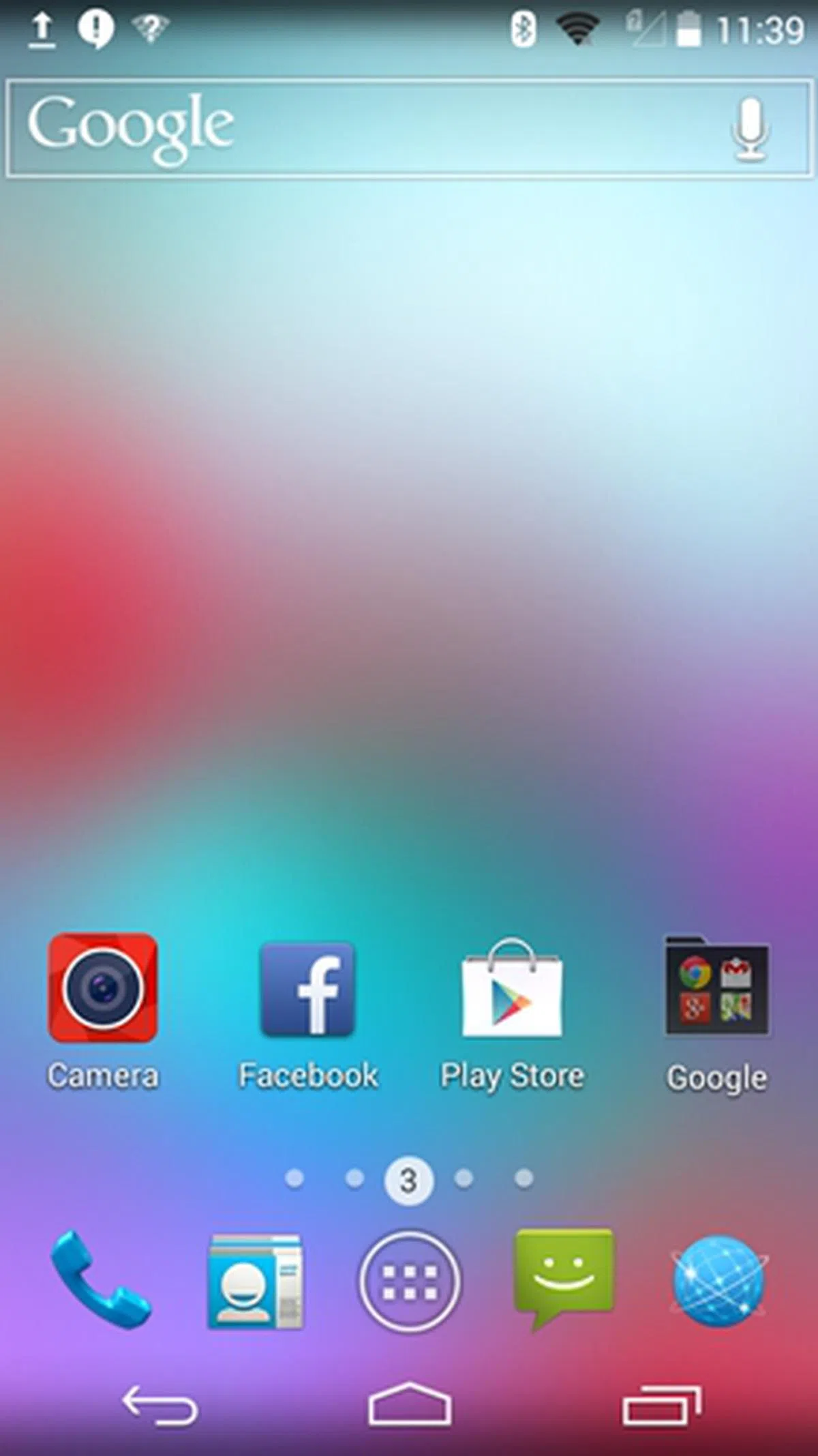 | 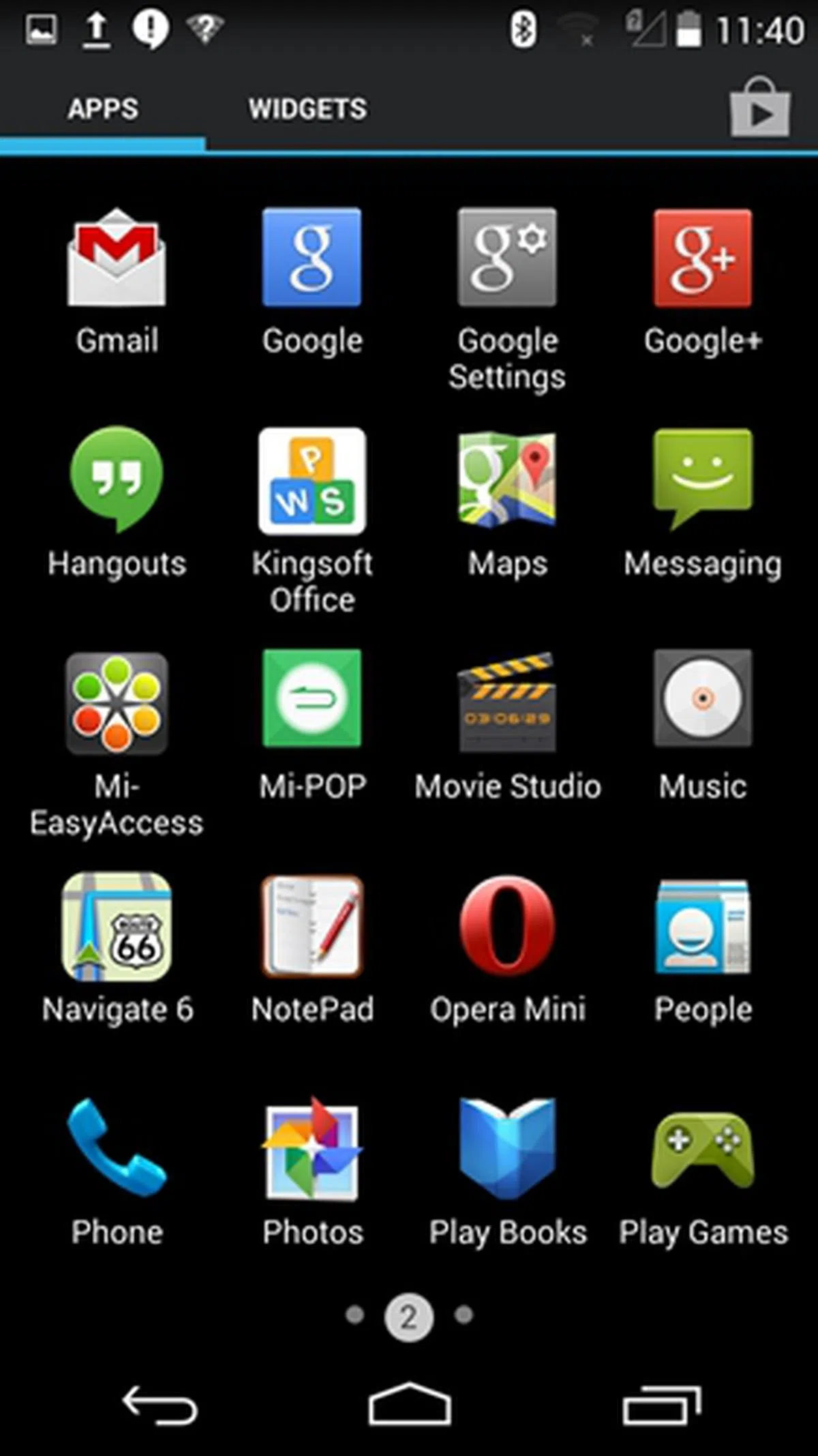 |
Benchmarks Performance
As all the phones in this comparison run on Android OS, we will assess their performance using Quadrant and SunSpider Javascript 1.0.2 benchmarks. Following that, we proceeded with our usual battery life testing. For ease of reference, we've repeated the specs comparison table once more:-
Quadrant Results
Quadrant evaluates a device's CPU, memory, I/O and 3D graphics performance.

As the HTC Desire 510 is powered by the newest processor, it crushes the competition with a significant lead in the Quadrant benchmark. As the ASUS, Oppo, Motorola and ZTE use the same processor, their performance results are comparable. The Samsung Galaxy Ace 4 LTE lagged behind the competition due to its outdated Broadcom dual-core chipset.
SunSpider JavaScript Benchmark
SunSpider Javascript serves as a common benchmark that measures the browsing performance of mobile devices, and is applicable for all mobile platforms. It not only takes into consideration the underlying hardware performance of a device, it also assesses how optimized a particular mobile platform is able to deliver a high-speed web browsing experience on its default browser. It is important to note that for this benchmark, a lower figure indicates a better web browser performance on a mobile device as it measures the time taken in milliseconds to complete the scripted benchmark.

It seems that HTC does a better job at optimizing the hardware and software on the Desire 510, which results in a better score in the SunSpider Javascript benchmark.
Battery Performance and Portability
Our standard battery test for mobile phones includes the following parameters:
- Looping a 800 x 480-pixel video with screen brightness and volume at 100%
- Wi-Fi and Bluetooth connectivity turned on
- Constant data streaming through email and Twitter


The HTC Desire 510 clocked an impressive 7 hours and 38 minutes in our battery test, beating the Samsung Galaxy Ace 4 LTE by a mere 14 minutes. The ASUS ZenFone 5 LTE came in third with more than six hours of battery mileage.
It is easy to see why the Desire 510 fared well in the battery test; the relatively low resolution 4.7-inch display helped to keep power consumption to a minimum although the Galaxy Ace 4 LTE sipped less power as it has a smaller 4-inch display. Oppo's phones have generally registered higher power consumption figures than the competition, hence it is no surprise to see the Neo 5 drawing the most power in this comparison.

We measure the portability of a device by calculating its battery life to (weight x volume) ratio. It goes without saying that the Samsung Galaxy Ace 4 LTE clinched the top spot with a small frame and long battery life. ZTE fared better from the perspective that it has a bigger screen and yet it managed to have a compact build and decent battery life. It's followed closely behind by Motorola Moto G with 4G LTE.
Imaging Performance
The ASUS ZenFone 5 LTE sports an 8-megapixel rear camera with f/2.0 aperture, 5-element lens and is powered by its proprietary PixelMaster imaging technology.

ASUS ZenFone 5 LTE - Compared to the rest of the phones, its image quality is considered the best with pleasing colors (thought slightly saturated) with the least noise artifacts. Details are reasonably captured though some fine elements get smudged. Despite that, it's easily the better imaging companion of the six devices compared.
The HTC Desire 510 comes with a 5-megapixel rear camera and no LED flash.

HTC Desire 510 - Image quality is below average; graininess is apparent and subjects lack sharpness.
The Motorola Moto G with 4G LTE is equipped with a 5-megapixel rear camera with a LED flash.

Motorola Moto G with 4G LTE - We find its image quality to be decent although details are fuzzy at the edges.
The Oppo Neo 5 has a 5-megapixel rear camera with f/2.4 aperture and a LED flash.

Oppo Neo 5 - The image quality is quite decent with good color reproduction.
The Galaxy Ace 4 LTE is equipped with a 5-megapixel rear camera with a single LED flash.

Samsung Galaxy Ace 4 LTE - Image quality is average. It tends to take photos with a cooler tone.
The Blade VEC 4G comes with an 8-megapixel rear autofocus camera with a single LED flash.

ZTE Blade VEC 4G - We find that the photo is a little over-processed. Graininess is significant and image artifacts are seen in the darker areas.
Conclusion
The coming of new smartphone players in the regional and global stage like Alcatel, Oppo, Xiaomi and ZTE to name few, smartphone ecosystem has never been as vibrant as it is now. More competition means a better price for consumers? While a race to the bottom of who can offer the most or best for the least cost isn't always beneficial, in the case of the lower mid-range tier products where product offerings don't differ widely, it certainly looks to benefit the consumer.
When we first started consolidating budget 4G smartphones for considerations last year, most were hovering at S$600 and offered 4.3-inch screens, dual-core processors, 8GB internal storage and some even had 8MP cameras. A few months ago, we managed to round up budget 4G phones that were mostly below S$500 and offered 4.7-inch screens, mostly quad-core processors and 8MP cameras. Today, you can go even lower at below S$300 and get yourself a pretty decent 4G smartphone with a few small compromises like an average 4.5-inch screen sizes, most still offering quad-core processor, 5MP camera modules, and slightly less storage and battery capacity. Exceptions apply and some manage to offer a little more in certain areas like the ASUS ZenFone 5.
ASUS ZenFone 5 LTE | HTC Desire 510 | Oppo Neo 5 | Motorola Moto G with 4G LTE | Samsung Galaxy Ace 4 LTE | ZTE Blade VEC 4G | |
Design | 8.0 | 6.5 | 7.5 | 8.0 | 7.0 | 7.5
(revised down from 8.0 in original review) |
Features | 8.5 | 7.0 | 7.5 | 8.0 | 5.5 | 7.0 |
User-Friendliness | 8.0 | 7.5 | 8.0 | 8.0 | 8.0 | 7.5 |
Performance | 8.0 | 7.5 | 7.5 | 8.0 | 6.5 | 7.5
(revised down from 8.0 in original review) |
Value | 8.0 | 5.0 | 8.0 | 7.5 | 6.5 | 7.0 (revised from 8.0 in original review) |
Price | From $249 | $268 | $219 | From $278 | From S$220 | $299 |
Overall | 8.0 | 6.5 | 7.5 | 8.0 | 6.5 | 7.5 |
Here's a summary of each smartphone for this comparison and their final standings:-
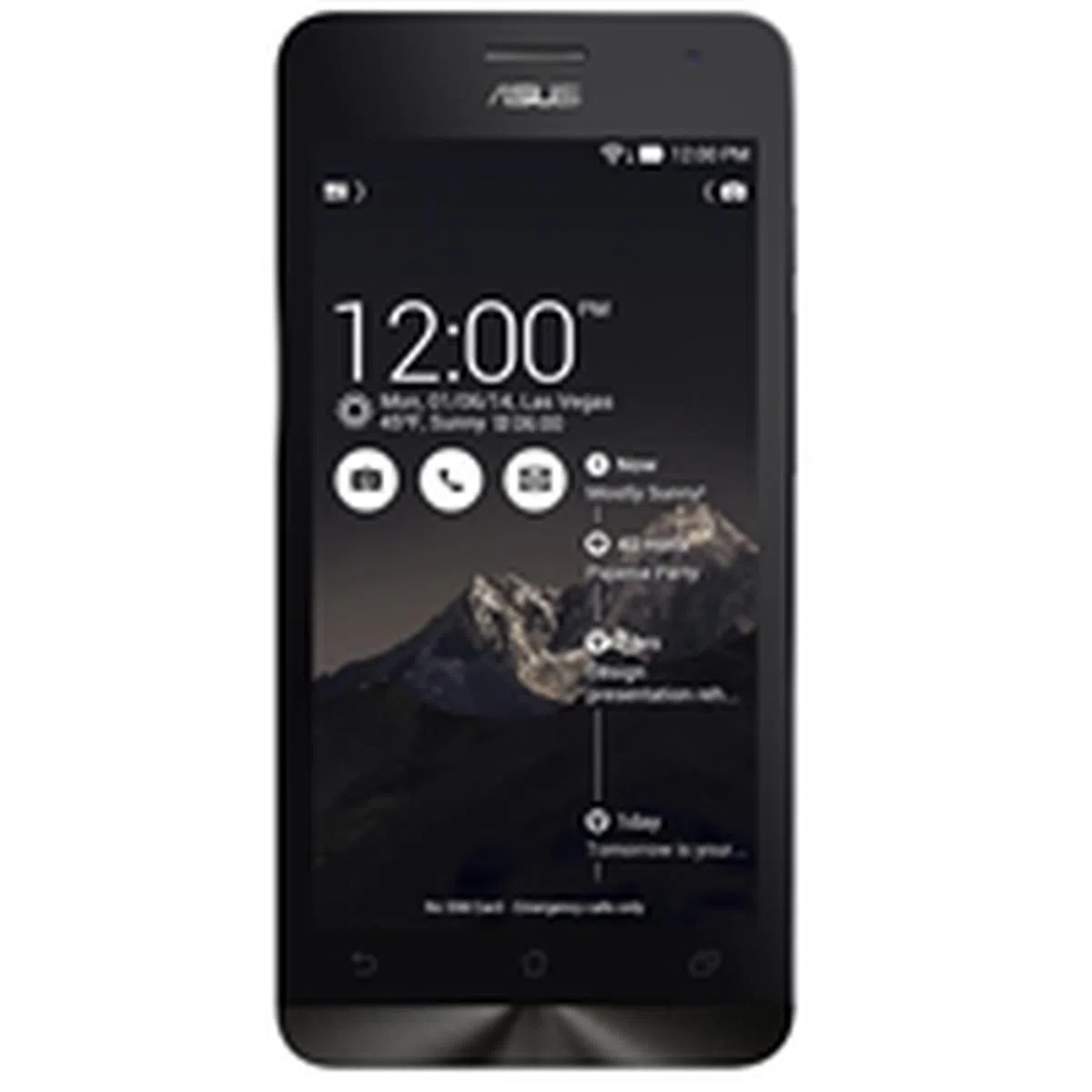 | This is our third variant of the ASUS ZenFone 5 that we've reviewed in recent months, and it is still one of the best smartphones of its class. As mentioned in our earlier reviews, the ZenFone 5 ticks almost all the right boxes - design, build quality, handling, interface, overall user experience and imaging performance. The only two drawbacks are a non-removable battery and the lack of dual-SIM support. Available from S$249, the ZenFone 5 is a good fit for any consumer looking for an affordable 4G smartphone today. | |
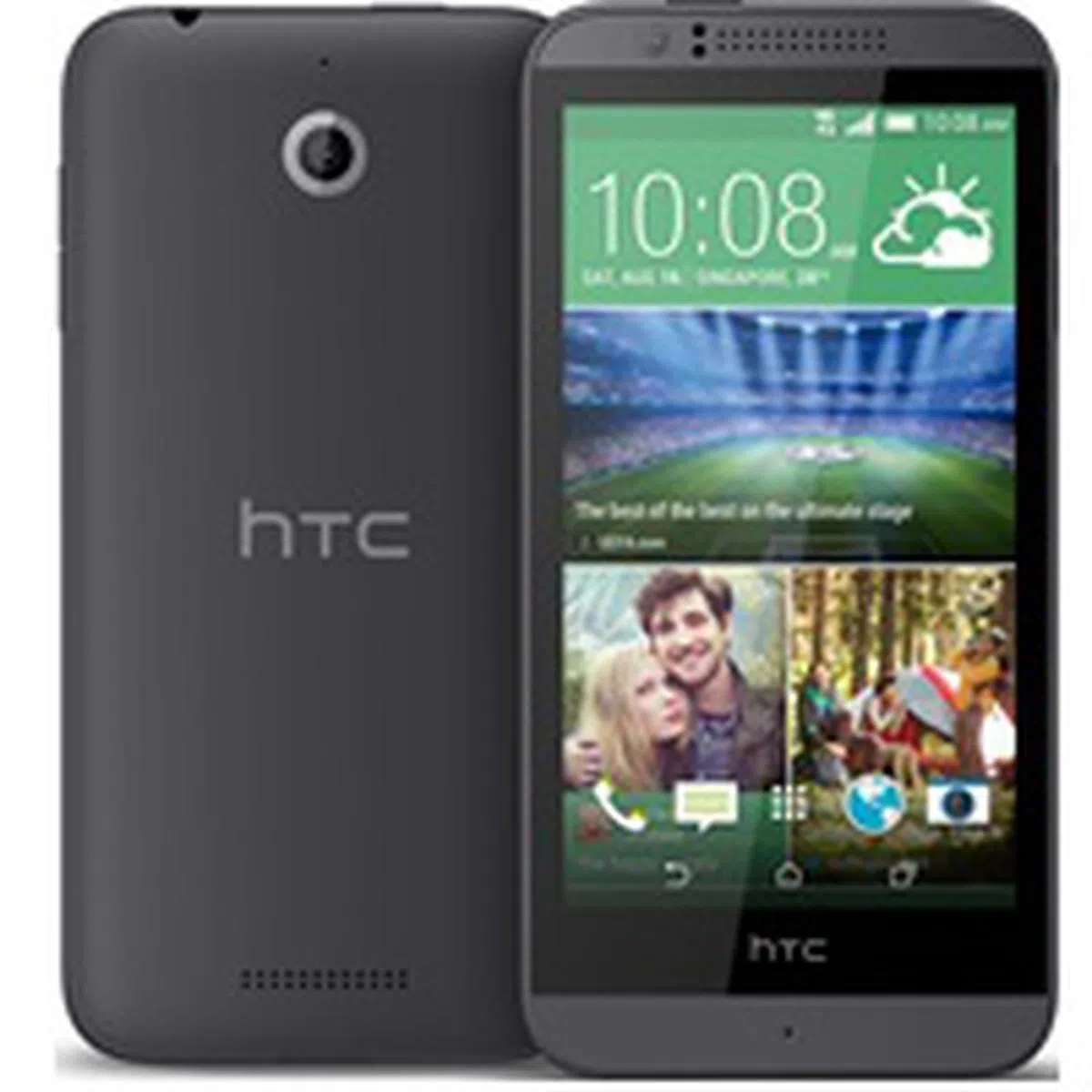 | To be honest, the HTC Desire 510 did not meet our expectations. Considering that HTC has delivered quite a few other capable smartphones this year, we felt that the Desire 510 is a disappointment just like its dual-SIM counterpart, the Desire 616. The HTC Desire 510 has a simple and familiar design, but there are several design oversights which affect the usability of the device. Its glossy rear is an absolute nightmare for consumers who hate fingerprints and smudges, while the placement of its power button is not intuitive. For its screen size of 4.7-inches, we hate to admit that its WVGA resolution is thoroughly disappointing. Not to mention, its imaging quality from its 5MP rear camera ls grainy, while the front camera is only capable of VGA resolution snaps which is totally not flattering for selfie shots. While it is the first Android smartphone with a 64-bit processor, we find that the Desire 510 does not maximize the full potential of the processor. The only positive things going for it is the smooth user navigation and that you do get some decent Sense 6 UIgoodies such as BlinkFeed. Overall, there's not much going for the Desire 510 at its official price of S$268 when there are better alternatives for less - unless you're a strict HTC fan. | |
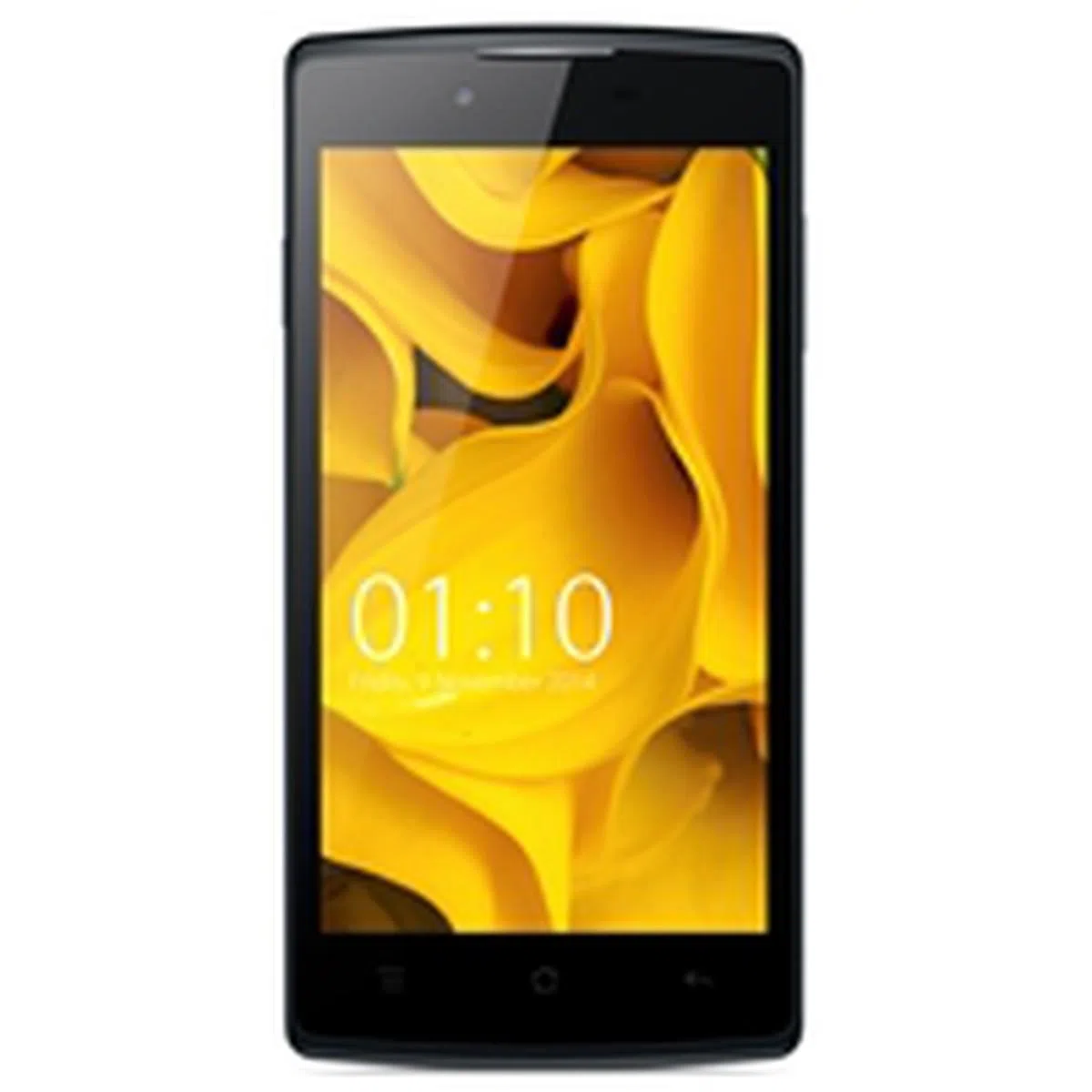 | The Oppo Neo 5 combines decent performance in an extremely affordable package. Despite being the most affordable of the lot, the Neo 5 still packs a good design and decent build quality. Handling is good for a phone of its size. It also has the company's own interface, ColorOS which is unique from the other Android skins and offers a different take with a few unique features like gesture support to fast track certain actions. Considering its price tag and screen size, the WVGA resolution of its display does not stick out as much as a sore point as on the HTC Desire 510. Looking past that, the other concern would be of its limited 4GB of internal storage. You are more than likely to rely on the memory card slot for storing your multimedia content, but if you are faced with some large apps that aren't friendly to install on expandable storage, then you'll soon face limitations on what you can install and experience on your phone. If you are on a tight budget and don't mind having a different Android user experience, do consider the S$219 Oppo Neo 5. | |
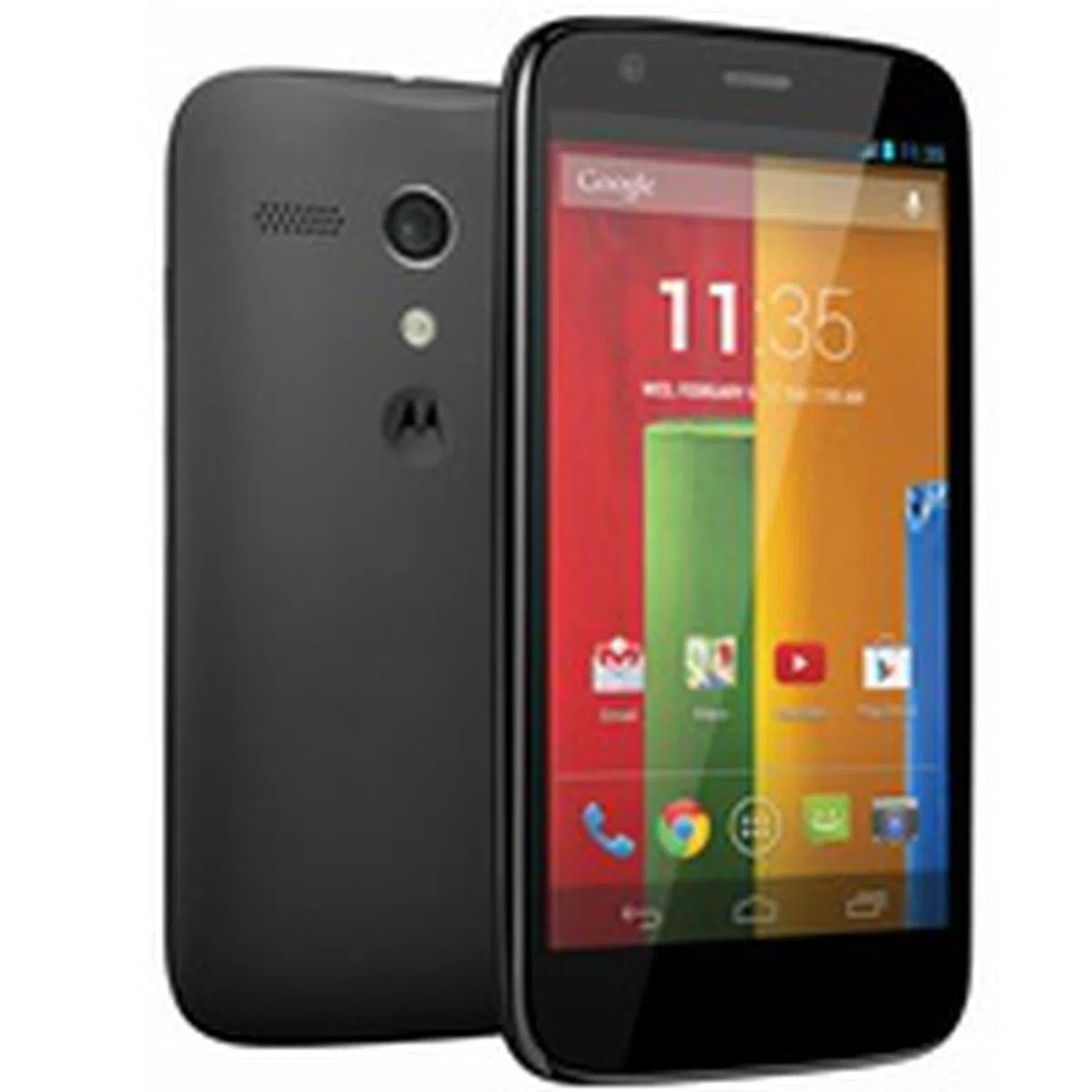 | Although the Motorola Moto G with 4G LTE is the most expensive of the lot (according to its S$348 list price), it is still one of the key contenders for an affordable 4G smartphone. Fortunately, the sub-S$280 retail price in stores keeps it competitive with the rest of the compared products. Its design, build quality and handling are comparable to that of the ASUS ZenFone 5, and offers the closest user experience to a Nexus device as it runs on stock Android.As such, the Moto G with 4G LTE will appeal to Android purists and consumers who want an uncluttered Android user experience. | |
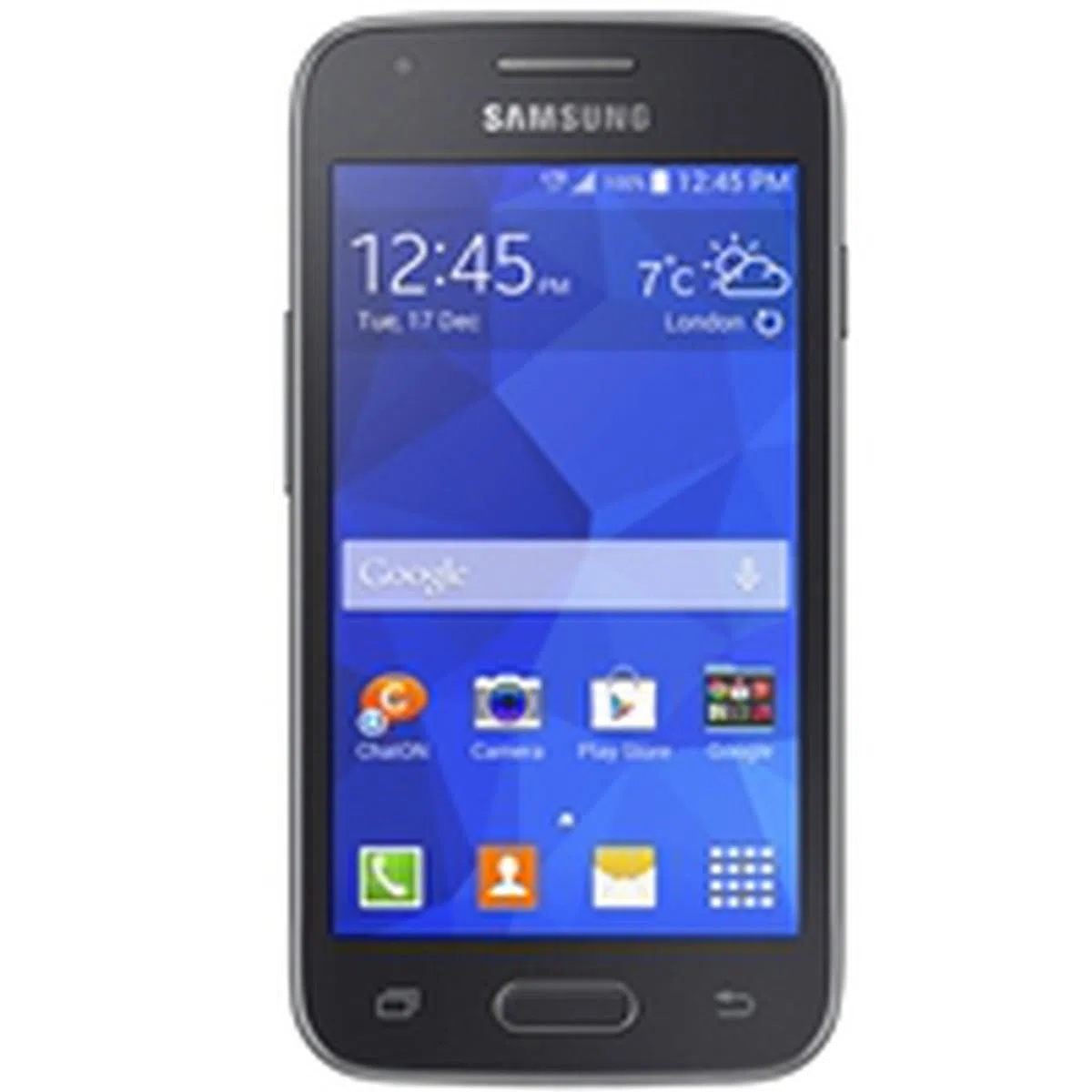 | The Galaxy Ace 4 LTE is Samsung's latest attempt to fend off competition in the entry-level market, but its overall proposition failed to match up to the competition. Its design looks uninspiring and boring compared to newer designs by ASUS, Motorola and ZTE. Moreover, a 4-inch display may be a deal breaker for consumers who are looking for a slightly bigger display to take advantage of the faster 4G speeds for web browsing. Its dismal front-facing camera of 0.5MP is also a letdown. Not to mention, the dual-core processor occasionally doesn't match up to the quad-core counterparts in this comparison. Despite these shortcomings, it's one of the few phones in this segment to have NFC support. The phone's basic specs, however, might be a blessing in disguise. It has the second highest battery life from our testing and its footprint is the most compact. Overall, there is little to justify its official S$268 price tag it carries, but some of the local retails have it stocked for less than S$220 and that makes it more bearable. | |
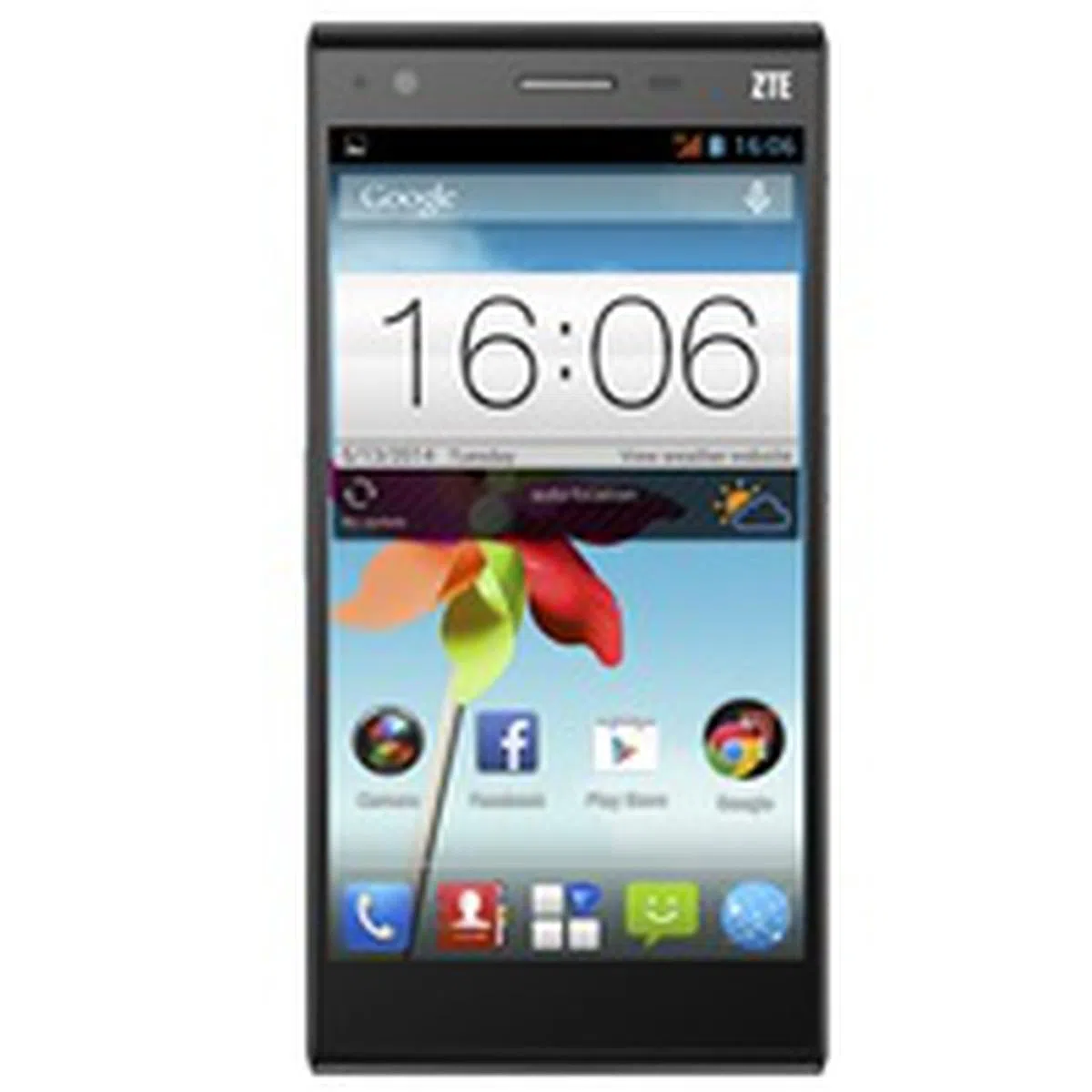 | Of the six brands, ZTE is the newest on the block and believe it or not, the Blade VEC 4G is its flagship smartphone that's priced at a sweet spot of S$299. Thin, light, a large 5-inch HD display and a decent overall performance are what the Blade VEC 4G has to offer. However, there are three potential deal breakers. First, it does not come with a memory card slot, hence you have to make do with the 16GB internal storage (actual storage is lesser). Second, its own launcher delivers an unsatisfactory user experience as it is sluggish. Thus, it has no special software features to offer. Lastly, camera performance is not up to mark for an 8MP shooter. It's hard to recommend this phone as it does not offer anything particularly remarkable that the competition doesn't offer in a better design or at a lower price. Unless you want to try something new, the ZenFone 5 LTE or Moto G is easily the better option here. | |
Our articles may contain affiliate links. If you buy through these links, we may earn a small commission.




